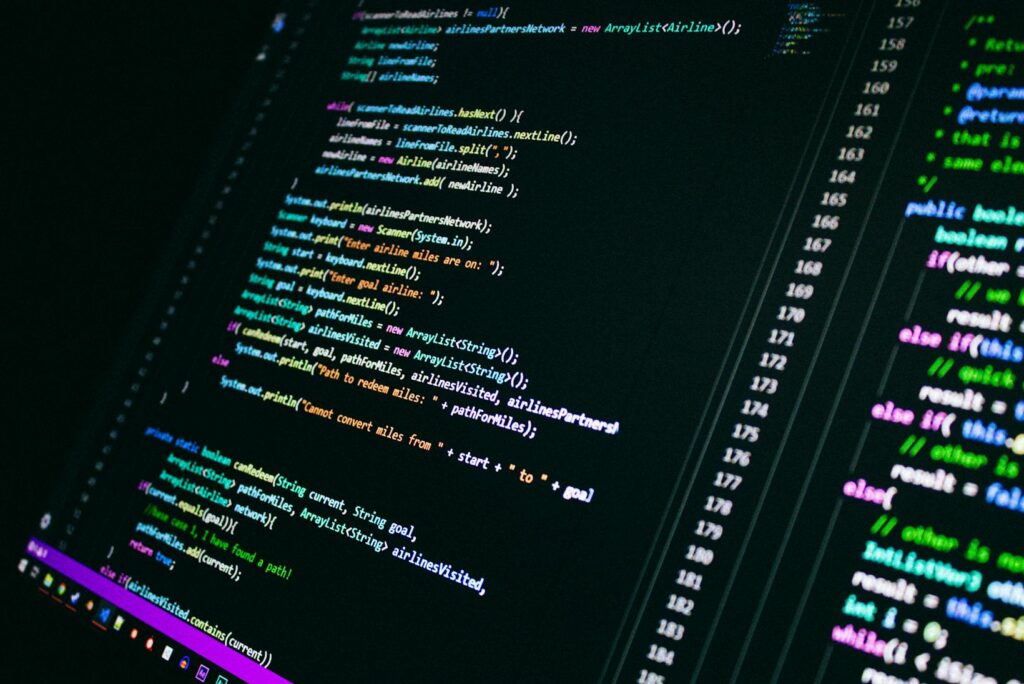In the digital age, the role of programming languages in managing relational databases is a topic of utmost importance. These languages, when adeptly used, can transform raw data into insightful information, driving businesses forward. But with a multitude of languages available, which ones truly excel in handling relational databases?

This article aims to shed light on this question. It’ll explore various programming languages, delving into their unique features and how they support relational databases. From SQL’s data manipulation capabilities to Python’s ease of use, we’ll delve into the specifics that make these languages stand out in the realm of relational databases. Stay tuned to discover the best programming languages for your database needs.
What Programming Language Supports Relational Databases?
Digging deep into the essence of database management and the importance of programming languages, let’s take a closer dive into understanding relational databases.
Core Concepts of Relational Databases
Relational databases place emphasis on organized data storage with relationships between different data sets. These databases leverage certain fundamental concepts to manage data effectively. Let’s highlight three:

- Tables: A relational database organizes data into tables. These tables, or relations, consist of rows and columns. Each row represents an entity, and the columns delineate the characteristics of those entities. For example, a ‘Customers’ table might include rows for each customer and columns for ‘ID’, ‘Name’, ‘Address’, etc.
- Keys: They play an essential role in relational databases. Primary keys represent unique identifiers for each record in a table, maintaining data integrity. Foreign keys, on the other hand, connect one table to another, facilitating data relationships.
- Normalization: It stands as a critical process in relational databases. Normalization eliminates redundancy, ensuring data is stored only once, fostering efficient database design.
Exploring these concepts shines a light on the strengths of programming languages like SQL in database management. From executing complex queries to managing data relationships, they play a pivotal part in leveraging relational databases to their fullest.
Popular Programming Languages for Relational Databases
Emphasizing the significance of SQL, Python, and Java for relational databases, let’s delve deeper into each of these popular programming languages. Delving into them, one would learn just how each language aids in effectively managing data within these databases.
SQL: The Standard Database Language

Predominantly used in relational databases, SQL, Structured Query Language, remains the standard. Its purpose – managing and retrieving data stored within these databases. SQL simplifies complex tasks, like creating tables, retrieving data from those tables, and executing queries. For example, businesses may use SQL to pull information from customer tables to analyze purchasing trends.
Python: Versatility in Data Management
Python, with its versatile features, provides great support for relational databases. Capable of performing tasks like creating databases and tables, executing SQL queries, and connecting to various databases, Python outshines many. For instance, libraries like SQLAlchemy provide helpful tools to convert between Python and SQL data types, facilitating seamless interaction with relational databases.
Java: Robustness and Reliability

Java’s power of interoperability makes it an exceptional programming language for relational databases. Its robust Database Connectivity (JDBC) API allows it to interact comprehensively with a myriad of databases. Be it creating, reading, updating, or deleting (CRUD) data in a database, Java accomplishes all with reliability. A prime example is Apache Derby, a relational database written entirely in Java, which reiterates Java’s suitability for handling complex database tasks.
Strengths and Limitations
The article’s journey through the world of programming languages and relational databases was an enlightening one. It’s clear now that SQL, Python, and Java each have their unique place in this landscape. SQL shines in managing RDBMS, Python excels in text-centric platforms like Reddit, and Java shows its robustness in large-scale companies like eBay and Amazon. The choice of programming language should be driven by the specific needs of the database, considering factors such as suitability, scalability, and security. There’s no one-size-fits-all solution. It’s about finding the right tool for the job and leveraging the strengths of each language. This understanding will guide you in making informed decisions when dealing with relational databases.



